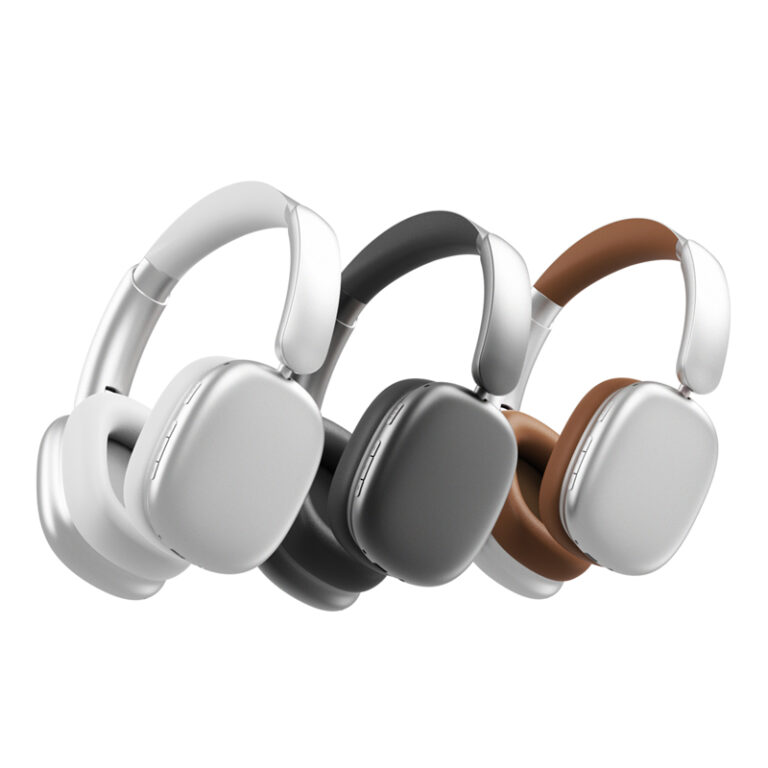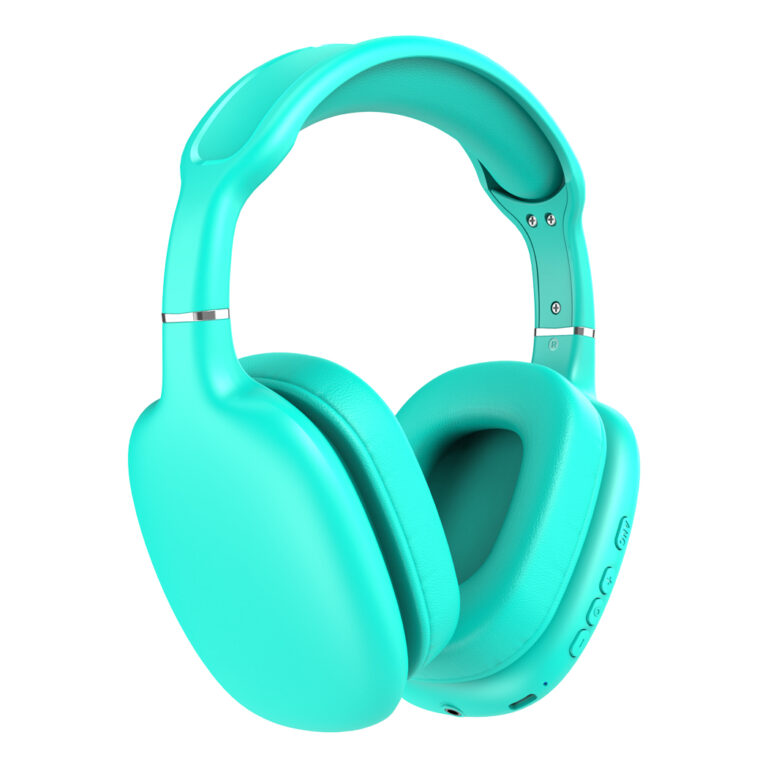jay@nbdho.com
Top Quality Concerns Buyers Check When Inspecting Headphones
When buyers inspect headphones, whether in-store or online, they carefully evaluate several key quality aspects to ensure their investment meets expectations. Headphones are both personal and technical devices, so buyers look beyond aesthetics to assess sound quality, build integrity, comfort, and additional features. Understanding these concerns helps manufacturers and retailers provide better products and improve customer satisfaction.
1. Sound Quality and Audio Performance
Sound clarity is the foremost factor buyers evaluate. They listen for clear, balanced audio across bass, midrange, and treble frequencies. Distortion, muddiness, or imbalanced sound can deter buyers quickly. Buyers often test headphones using familiar music tracks to assess detail reproduction, dynamic range, and soundstage—the sense of space and instrument separation. Additionally, features like noise isolation or active noise cancellation (ANC) are tested for effectiveness in minimizing external noise interference.
2. Build Quality and Material Durability
Durability is crucial since headphones endure daily use and occasional rough handling. Buyers inspect the materials used in the headband, ear cups, and cables. High-quality plastics, metals, or composites are preferred for longevity and resistance to wear. Hinges, swivel mechanisms, and cable connections are checked for sturdiness to avoid common breakage points. Buyers often assess the overall weight and rigidity to ensure a sturdy yet comfortable fit.
3. Comfort and Ergonomics
Comfort is essential, especially for long listening sessions. Buyers evaluate the padding on ear cups and headbands, looking for soft, breathable materials that reduce pressure and heat buildup. Adjustable headbands and ear cup swivels contribute to a customized fit, accommodating different head sizes and shapes. Buyers may also check clamping force—the pressure exerted by the headphones on the head—to ensure it’s firm enough for stability but not overly tight to cause discomfort.
4. Cable Quality and Connectivity Options
For wired headphones, cable thickness, flexibility, and length are inspected. Durable, tangle-resistant cables with reinforced connectors are highly valued. Buyers look for detachable cables as they allow easy replacement and increase product lifespan. For wireless headphones, buyers assess Bluetooth connectivity stability, pairing ease, and supported codecs for high-fidelity sound. Battery life and charging convenience are also scrutinized in wireless models.
5. Additional Features and Usability
Buyers often consider extra features such as inline controls, microphones, and app support for sound customization. User-friendly controls that are easy to reach and operate enhance the listening experience. Water resistance or sweat-proof ratings are important for active users. Buyers also value clear instructions, warranty coverage, and customer support availability, which contribute to overall product satisfaction.
6. Aesthetic Appeal and Brand Reputation
While secondary to performance and comfort, aesthetics and brand reputation influence buyer decisions. Sleek designs, color options, and finishing touches can attract buyers looking for headphones that match their personal style. Established brands with positive reviews and customer feedback build trust and confidence in product quality.





